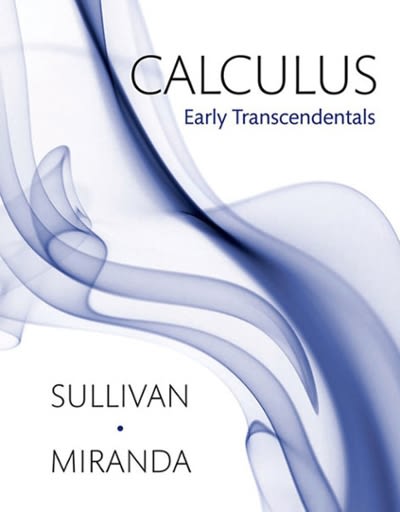Answered step by step
Verified Expert Solution
Question
1 Approved Answer
The health department of a major city wants to start testing children for lead poisoning. Two tests are available: the free erythrocyte protoporphyrin (FEP) assay
The health department of a major city wants to start testing children for lead poisoning. Two tests are available: the free erythrocyte protoporphyrin (FEP) assay and the more expensive direct blood lead assay. Children identified as positive after screening must have a confirmatory work-up at the hospital. The departments goal is to identify as many lead-poisoned children as possible, but the lead-screening program must compete with other programs. Several strategies for using these tests are evaluated: Costs for Screening 1000 children for Lead Poisoning Screening Strategy Costs # of cases detected A) Screening FEP only $25,000 75 B) Screening FEP, then blood assay if FEP+ $40,000 75 C) Blood lead assay only $60,000 100 D) FEP first, confirm if FEP+, blood lead assay if FEP- $75,000 100 a. Should any strategies be removed from consideration? Why? b. Restructure the above table for the remaining strategies. Calculate the average CE ratios and the incremental CE ratios. (Express ratios in dollars per case detected) c. Show these results graphically. Indicate the relationships between the strategies in part b and label average and incremental CE ratios on the graph. Also depict the location of any programs that were removed from consideration in part a. d. What factors will influence your choice of strategy? Problem 2) You are responsible for allocating a fixed budget across a variety of health care programs. The following programs are available to you: Program Net resource cost per patient (dollars) Net health effectiveness per patient (QALYs) A 15,000 1.0 B 20,000 2.0 C 50,000 2.5 These are costs and effects per patient. Each program has a target population of 100 patients maximum, but a program may be funded to serve less than 100 patients. These programs are not mutually exclusive; that is, more than one may be implemented. a. Assume that you have a fixed budget of $3,500,000, and that your goal is to achieve the largest possible gain in health. Which programs should you fund? Which programs would you fund if you had a budget of $4,000,000? b. Now suppose that program A and B are mutually exclusive; that is, both cannot be funded at the same time. (Program C is still independent of A and B). Assume a budget of $4,000,000. Which programs would you fund and for how many patients? Again, your goal is to achieve the largest possible gain in health. Problem 3) Consider the problem of school officials trying to identify cases of child abuse. In one community, officials believe that 3 percent of the areas 10,000 children enrolled in public grade schools are physically abused. Measures can be taken to help these students, but first they must be located and identified. A preliminary screening program is proposed, whereby officials will contact and interview parents whenever evidence of abuse (such as unusual bruises) is found. Of course, screening is not entirely reliable. Although ninety-five (95) percent of abused children will be identified, it is estimated that screening will incorrectly label non-abused children as abused in 10 percent of the cases. School officials are anxious to identify cases of abuse, but they must proceed cautiously given the enormous stigma of charging someone with child abuse and the risk of liability to school officials if such an accusation is proven false. a. Construct the 2 X 2 contingency table corresponding to the childs true condition (abused versus not abused) and the results of the screening test. b. Compute all of the marginal probabilities associated with this table. c. Compute all of the conditional probabilities associated with this table. d. Compute all of the joint probabilities associated with this table. e. What is the probability that a child enrolled in grade school is abused? f. What is the probability that an abused child will have a negative screen? g. If school officials decide to implement the screening program, what is the probability that they will make an error? h. Draw a reasonable decision tree that represents the school officials decision. Include the basic decision as well as uncertainties, probabilities, outcomes, and values associated with each alternative. If you do not have numeric estimates to complete the tree, describe the desired value in words or mathematical notation. (Note: You do not have enough information to solve the tree, so dont even try!)
Step by Step Solution
There are 3 Steps involved in it
Step: 1

Get Instant Access to Expert-Tailored Solutions
See step-by-step solutions with expert insights and AI powered tools for academic success
Step: 2

Step: 3

Ace Your Homework with AI
Get the answers you need in no time with our AI-driven, step-by-step assistance
Get Started


